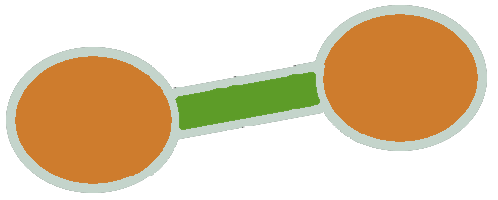Ninatoka
 enzyme
enzymeGlutamine transaminase L (KAT III)
Human and rodent genomes encode four aminotransferases that have been demonstrated to be capable of using KYN as an amino group donor during the first half-reaction (Figure 1A, inset): KAT I (also known as glutamine transaminase K or cysteine conjugate beta-lyase), KAT II (also known as α-aminoadipate aminotransferase), KAT III (also known as glutamine transaminase L), and KAT IV (the mitochondrial aspartate aminotransferase). The interspecies comparison of each KAT reveals a high degree of primary sequence conservation (Yu et al., 2006), with KAT IV representing the most phylogenetically conserved among the four mammalian isozymes (Figure 1C). Conversely, the alignment of the primary sequences of the four KATs from a single species shows that KAT II and KAT IV are the most divergent isozymes, most likely as a consequence of their peculiar features and the different roles played by the N-terminal regions of the two proteins (Han et al., 2010b).
Ref:
Castro-Portuguez R, Sutphin GL. Kynurenine pathway, NAD+ synthesis, and mitochondrial function: Targeting tryptophan metabolism to promote longevity and healthspan. Exp Gerontol. 2020 Apr;132:110841. doi: 10.1016/j.exger.2020.110841. Epub 2020 Jan 16. PMID: 31954874; PMCID: PMC7053056.
Join Ninatoka!!
NinatoKa's goal is to support you as a therapist in unravelling the illness pathway from symptoms to cause, and to help you detect potential interventions.
Go to Explore to start your discovery!
Go to Learn to scroll through newly added data.
Go to Contribute to contribute to the Ninatoka database.
You can rate content up or down and add comments if you agree or disagree.



